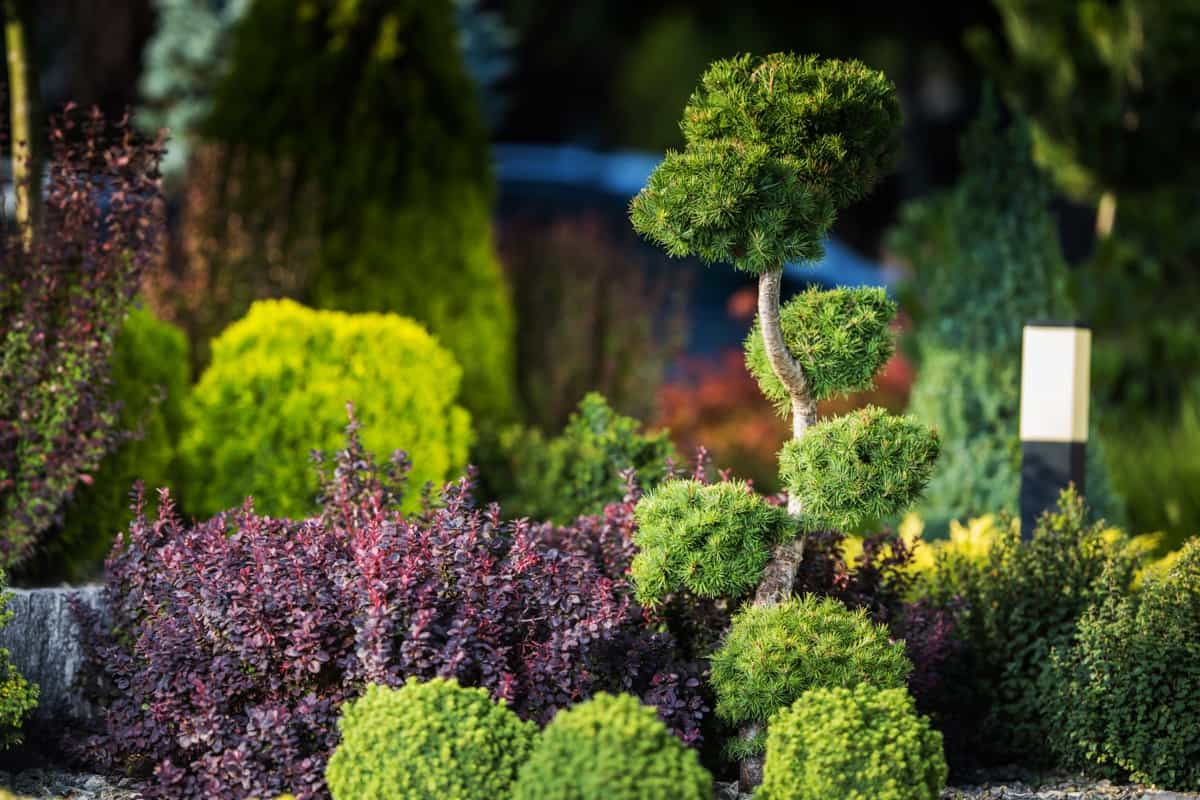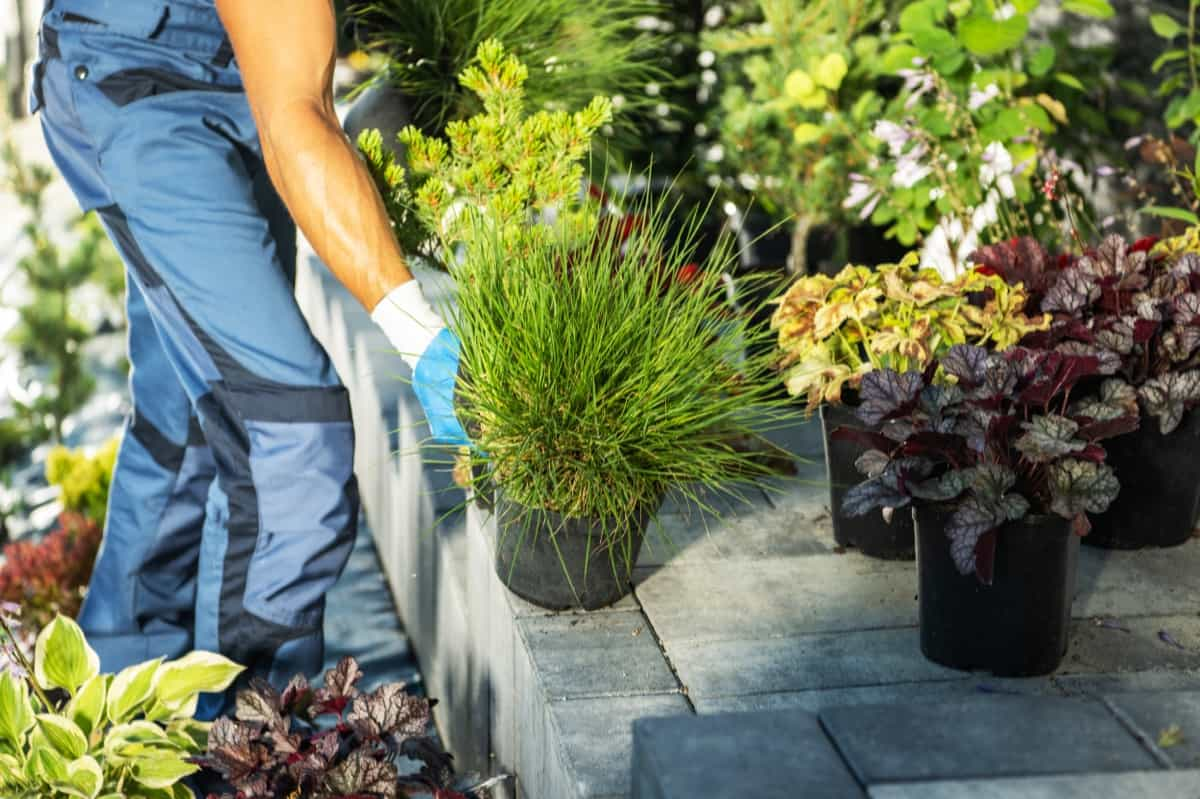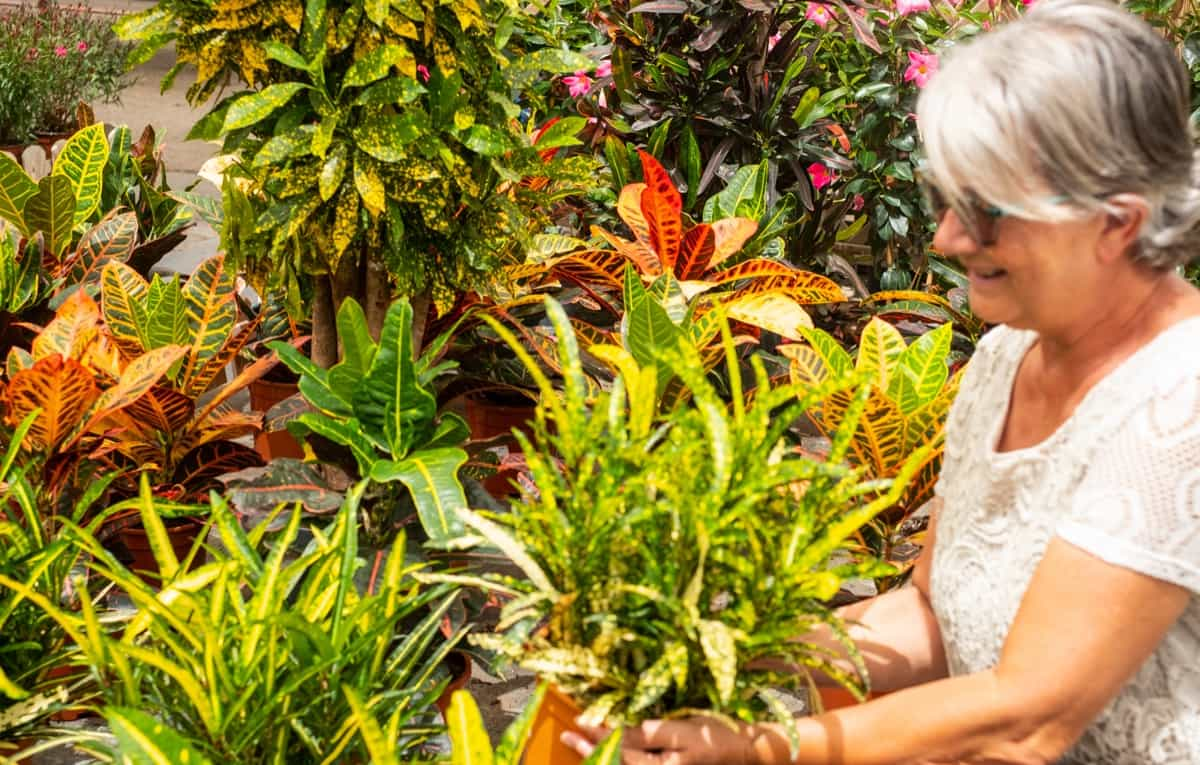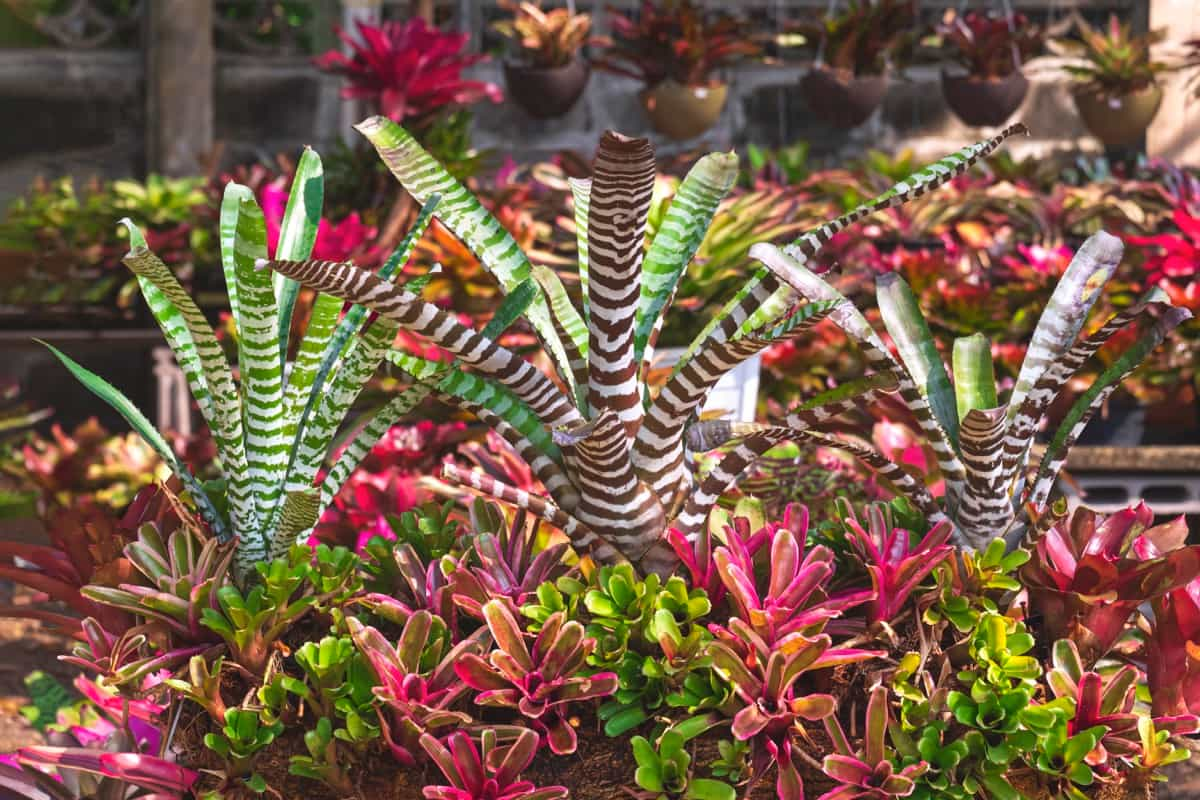Controlling aphids is essential for the health and vitality of ornamental plants. Aphids may seem like tiny insects, but their impact on ornamental plants can be significant. Aphids weaken the plant’s immune system, making it more susceptible to diseases and other pests. Furthermore, effective management practices against aphids contribute to sustainable gardening practices.

Impact of Aphids on Ornamental Plants
Understanding the Impact of Aphids on Ornamental Plants
Aphids may seem like tiny insects, but their impact on ornamental plants can be significant. Understanding how these pests affect our beloved flowers and shrubs is crucial to managing them effectively. Aphids feed on the plant’s sap by piercing through the leaves or stems with their needle-like mouthparts. This feeding behavior weakens the plant and causes stunted growth. The affected leaves may start to curl or yellow, detracting from the overall beauty of the ornamental plant.
Moreover, aphids are known vectors for various plant viruses. As they move from one plant to another, they can transmit these harmful pathogens, leading to further deterioration and even death of the infected plants. In addition to physical damage and virus transmission, aphid infestations can also lead to economic losses. Ornamental plants affected by severe infestations may lose their market value as consumers prefer healthy-looking specimens over ones plagued by pests.
Common Species
One such aphid species is the green peach aphid (Myzus persicae), which not only infests various fruit crops but also loves to feast on ornamentals like roses and hibiscus. These little green critters suck the sap from plant tissues, causing distorted leaves and stunted growth. Another troublesome species is the black bean aphid (Aphis fabae). As its name suggests, this aphid targets legume plants like beans and peas but can also damage flowering plants such as dahlias and chrysanthemums.
In case you missed it: How to Get Rid of Aphids on Okra Naturally: How to Control with Natural and Organic Treatment

Infestations often result in yellowed leaves and wilting flowers. The cotton aphid (Aphis gossypii) is yet another common culprit when it comes to attacking ornamental plants. This versatile pest has a wide host range, including geraniums, petunias, and marigolds. It reproduces rapidly, leading to dense colonies that cause leaf curling and distortion.
Economic and Environmental Impacts
From an economic standpoint, aphid infestations can result in reduced plant productivity and quality. When aphids suck out the vital fluids from leaves and stems, it weakens the overall health of the plant. This weakened state makes them more susceptible to diseases and other pests, ultimately leading to decreased yields or even death. In addition to affecting plant health, aphid infestations can also cause financial losses for growers and landscapers. The environmental consequences of aphid infestations are equally concerning.
One major concern is the potential for population outbreaks among certain species of aphids. These outbreaks often occur when natural predators are unable to keep their numbers in check. Furthermore, excessive use of chemical pesticides contributes to water pollution as these substances leach into soil and run off into nearby water bodies like rivers or lakes. This contamination not only affects aquatic organisms but also poses risks to human health if we consume contaminated water or eat produce grown in pesticide-contaminated soil.
Damage Caused by Aphids
The most apparent damage caused by aphids on ornamental plants is the distortion or deformation of plant leaves and stems. As they feed on sap from these tender parts, they inject toxic saliva, which causes curling, yellowing, or stunted growth. This not only affects the overall appearance of our plants but also hinders their ability to photosynthesize effectively. Furthermore, aphid infestations can lead to a decline in plant vigor. The constant feeding weakens plants and makes them more susceptible to other diseases and infections.
In case you missed it: DIY Catnip Tea Spray for Repelling Aphids, Squash Bugs, and Cockroaches

It’s like opening a gateway for additional garden troubles. Aphids are also known for excreting sticky honeydew onto foliage below where they feed. This sweet substance encourages the growth of sooty mold – an unsightly black coating that further compromises the aesthetic appeal of our precious ornamentals. Additionally, some species of aphids transmit viral diseases among plants as they move from one host to another. This can have devastating consequences for entire gardens or nurseries if left unchecked.
Management Practices
The effective approach is cultural control, which involves manipulating the environment to discourage aphid infestations. This can include techniques such as proper plant selection, regular pruning to remove infested plant parts, and maintaining healthy soil conditions through proper watering and fertilization.
Another method is biological control, which harnesses natural predators and parasites that feed on aphids. Lacewings, ladybugs, and parasitic wasps are just examples of beneficial insects that help to keep aphid populations in check. Integrated Pest Management (IPM) combines multiple strategies for comprehensive pest control.
Cultural Control Methods
The important cultural control method for aphid management is proper plant selection. Choosing plants that are resistant to aphids can significantly reduce the chances of infestation. Another key aspect of cultural control is maintaining a healthy growing environment. This includes providing adequate sunlight, water, and nutrients for your plants.
Practicing good sanitation measures can also help prevent aphid populations from spreading. Removing any weeds or debris near your ornamental plants eliminates potential hiding spots for aphids and reduces their ability to reproduce. Regularly inspecting your ornamental plants for signs of infestation is crucial in cultural control.
Biological Control Methods
The popular biological control method is the use of beneficial insects like ladybugs and lacewings. These voracious predators feed on aphids, helping to reduce their populations naturally. By introducing beneficial insects, you can create a balanced ecosystem where aphid numbers are kept under control.
Another effective biological control method is the use of parasitic wasps. These wasps lay their eggs inside aphids, which then hatch and consume the pests from within. This not only reduces current infestations but also helps prevent future outbreaks by targeting aphid colonies at their source.
Chemical Control Methods
One common chemical method is the use of contact insecticides. These products work by directly coming into contact with the aphids and killing them upon contact. They can be applied as sprays or dusts, ensuring thorough coverage of the affected areas. Another option is systemic insecticides, which are distributed throughout its tissues. When aphids feed on these treated plants, they ingest the chemicals and suffer fatal effects.
This method provides long-lasting protection against future infestations. It’s important to follow label instructions carefully when using chemical control methods. Wear protective clothing, gloves, and eyewear to minimize exposure risks. Additionally, consider applying these treatments during calm weather conditions to prevent drift onto non-target plants or into water sources.
Integrated Pest Management for Aphid Control
IPM combines various strategies to control aphids and prevent their infestation. This holistic approach involves cultural controls, biological controls, and limited chemical interventions. By integrating these methods, gardeners can effectively manage aphids without causing harm to the environment.
In case you missed it: Banana Aphids Pest Management: Symptoms, Treatment, Chemical, Biological, and Organic Control

Integrated Pest Management (IPM) offers a sustainable and effective solution that minimizes the use of chemicals while maintaining healthy gardens. Regular monitoring throughout the growing season allows early intervention if any signs of an impending attack are spotted. With proper care and attention using IPM practices, you can enjoy thriving gardens free from damaging effects caused by pesky aphids.
Frequently Asked Questions (FAQ) on Aphids on My Ornamental Plants
How Do I Identify an Infestation of Aphids on My Ornamental Plants?
Spotting an infestation is relatively easy if you know what signs to look for. Aphids often gather in large groups on tender shoots or undersides of leaves. They come in various colors – green, brown, black, or even pink – depending on the species. Look out for distorted leaves or honeydew secretions, which appear as sticky residue on leaves or a black sooty mold coating.
Are There Any Natural Predators That Can Control Aphid Populations?
Yes. Ladybugs, lacewings, parasitic wasps, and syphid flies are natural enemies of aphids and help keep their population in check.
How Can I Prevent an Aphid Infestation?
Regularly inspect your ornamental plants for signs of stress or insect activity. Prune affected areas promptly to reduce spread if you spot any potential issues early on.
Conclusion
Aphids are those tiny pests that can wreak havoc on our beloved ornamental plants. They may be small, but their impact can be significant. By keeping these pests in check, we reduce the risk of disease outbreaks among our precious ornamentals. Effective management practices should be implemented to control aphids on ornamental plants. Controlling aphids helps maintain the overall balance of beneficial insects in our gardens.
- Beneficial Insects in Pest Management
- Natural Solutions for Pest Control in Flower Gardens
- Types of Fungicides Used in Agriculture
- Common Issues in the Fruit Development Stage of Pomegranate Farming
- Fruit Development Issues in Papaya: Easy Solutions and Treatment
- Soil-Borne Diseases and How to Protect Your Plants
- Practices to Prevent Disease Spread in the Garden
- From Wilted to Thriving: How to Treat Root Rot Naturally in Houseplants
- Natural Remedies to Cure Brown Spots on Fig Tree Leaves